Phenotype: An Explanation
The term "phenotype" refers to the observable physical or biochemical characteristics of an organism, which are determined by a combination of genetic and environmental factors. The phenotype of an organism is the result of the expression of its genes, as well as the influence of the surrounding environment.
Genotype and Phenotype
It's important to understand the distinction between genotype and phenotype. While the genotype refers to the genetic makeup of an organism, the phenotype represents the actual physical traits and features that are observable. The genotype provides the instructions for the development of the phenotype, but the phenotype is also influenced by environmental factors.
Study Guide: Understanding Phenotype
- Genetic Basis: Explore the genetic basis of phenotype by studying how genes encode for traits and how variations in genes can lead to different phenotypic outcomes.
- Environmental Influence: Investigate how environmental factors, such as nutrition, temperature, and exposure to chemicals, can impact the development and expression of phenotypes.
- Phenotypic Variation: Examine the concept of phenotypic variation within a population and the role of genetic diversity and environmental factors in producing this variation.
- Phenotypic Expression: Understand how genes are expressed to produce specific phenotypic traits, and how interactions between different genes can lead to complex phenotypic outcomes.
- Genotype-Phenotype Relationships: Explore the relationship between genotype and phenotype, including the concepts of dominant and recessive traits, as well as genetic disorders and their phenotypic manifestations.
Examples of Phenotype
Examples of phenotypic traits include eye color, height, hair texture, and blood type in humans, as well as fur color, ear shape, and flower color in other organisms. These traits are the result of the interaction between genetic information and environmental influences.
.◂Science Worksheets and Study Guides Seventh Grade. Protists and Fungi

 Worksheet/Answer key
Worksheet/Answer key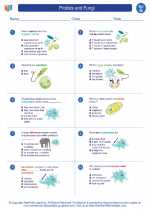
 Worksheet/Answer key
Worksheet/Answer key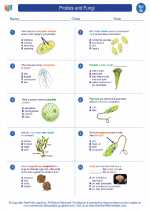
 Worksheet/Answer key
Worksheet/Answer key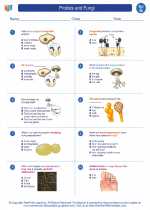
 Worksheet/Answer key
Worksheet/Answer key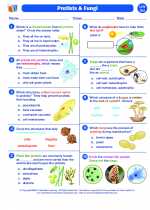
 Vocabulary/Answer key
Vocabulary/Answer key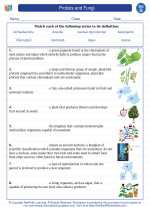
 Vocabulary/Answer key
Vocabulary/Answer key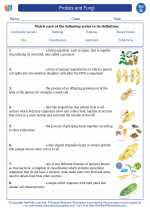
 Vocabulary/Answer key
Vocabulary/Answer key
 Vocabulary/Answer key
Vocabulary/Answer key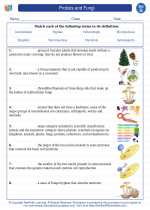
 Vocabulary/Answer key
Vocabulary/Answer key
 Vocabulary/Answer key
Vocabulary/Answer key
